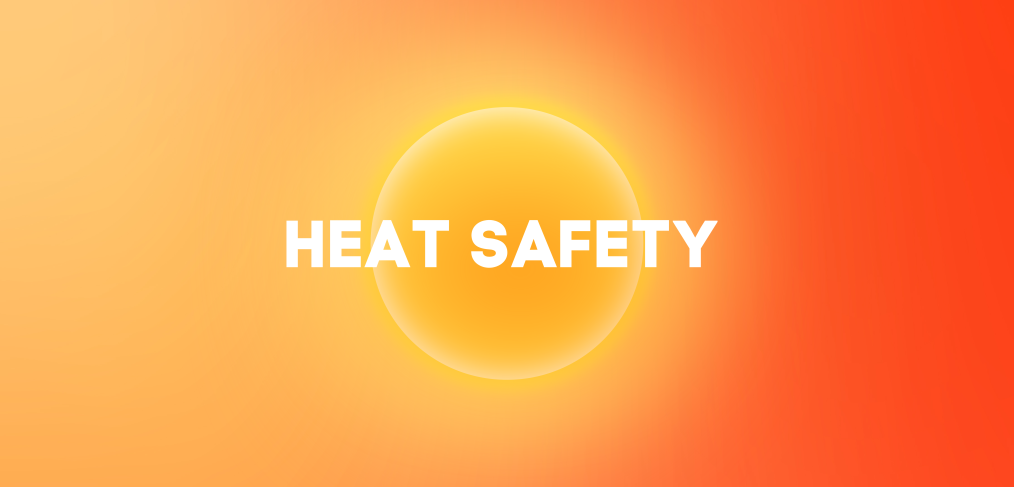
Know the signs of heat distress
As temperatures rise, it’s important to be aware of the body’s responses to the increasing heat. Suffering from heat-related health problems could be dangerous because if left untreated, they can lead to death. When the body overheats or your internal temperature rises, it puts strain on the heart, affects blood pressure, and can cause symptoms such as dizziness and disorientation.
Learn to recognize the initial signs and what to do to mitigate them.
Heat cramps. When someone is exerting themselves in the heat, muscle pains and spasms are more likely. While not dangerous in themselves, cramps can be the first signs that someone is having trouble with the heat. To treat heat cramps, get the person into a relaxed position in a cooler place, gently massage the affected muscle, and give the person cool water, juice, or a sports drink.
Heat exhaustion. Heat exhaustion is usually caused by exercising heavily or working in high heat and humidity. It occurs when the body loses too much fluid through sweating, which causes decreased blood flow. Mild shock is the result. Without treatment, heat stroke may follow. Signs of heat exhaustion include: headache, nausea, dizziness, weakness, and skin that’s cool, moist, pale, ashen, or flushed. Get the person into a cooler environment if possible. Remove or loosen clothing and apply cool wet towels to the skin, or spray the skin with cool water. Put ice packs under the armpits and on the wrist or back of the neck. You can also use bags of frozen vegetables as ice packs. Elevate the legs if possible. If the person is conscious, give 4 ounces of water, juice, or a sports drink every 15 minutes. If signs of heat stroke (described below) occur, call 911 right away. If the person is not cooling down and improving rapidly after stopping exercise or seeking shelter from exposure, seek urgent medical care at once.
Heat stroke. In extreme conditions, the body loses its ability to control its temperature. The result is heat stroke, the most serious kind of heat distress. The body must be cooled quickly, as excessively high body temperature can cause brain damage and even death. Besides very high body temperature, signs of heat stroke can include red skin (dry or moist); confusion or coming in and out of consciousness; a fast, weak pulse; rapid, shallow breathing; vomiting; and seizures. Call 911 and try to lower the person’s temperature by removing excess clothes, giving them a cool bath or shower, and giving them crushed ice to eat and placing ice packs under their armpits. Ice baths are not recommended as they can cause further complications.



